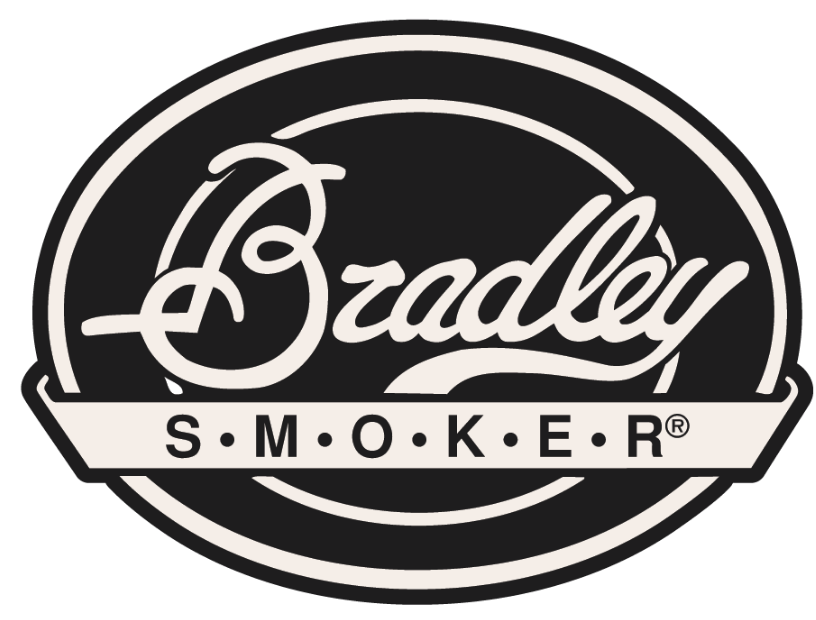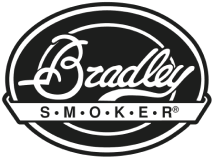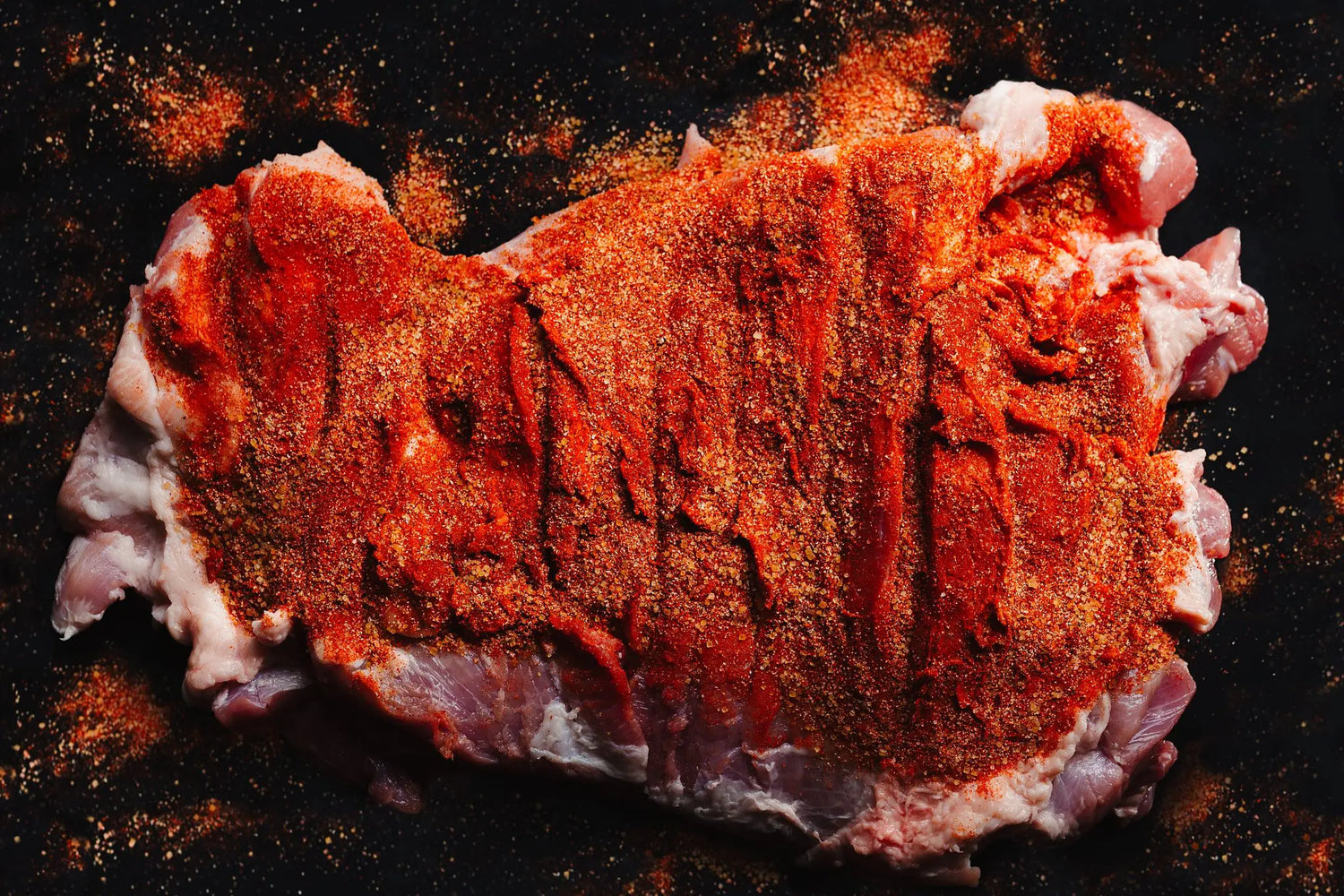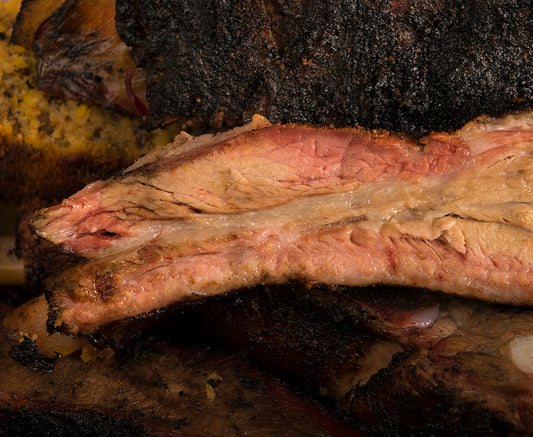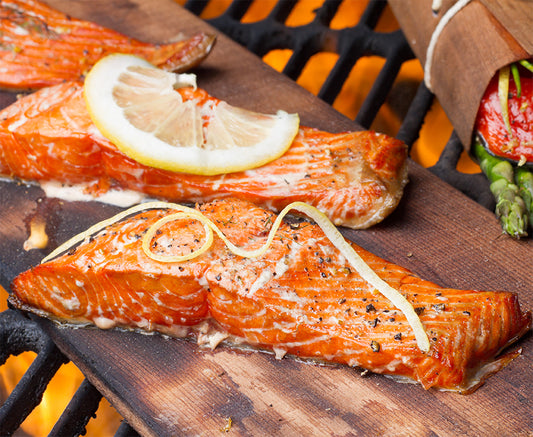Flavoring the food before barbequing is almost as ancient as the process of barbequing. Although earlier, there were not many spices available to flavor the food, people managed to make it tasty with minimal ingredients. These ingredients were basically added to increase the shelf-life of the food as a method of food storage. Gradually, people noticed the delectable change in the flavor of the food and tried different ways to make it even better.
The most common methods of flavoring barbequed foods are pickling, brining, marinating, and curing. The purpose of all these methods is the same, that is to preserve the food for longer but the process and ingredients are different for each method. Check out the details about each method along with the ingredients used.

Brining
Brine is a highly concentrated solution of salt and water. We soak the food in this solution to add moisture and flavor. In the dry brining process, the food is smeared with salt and left for a few hours. In this process, salt helps to break the protein in the food to increase its potential to absorb moisture and stay tender and succulent after cooking. Salt alters the muscle filament in the meat making it less susceptible to bacterial contamination. This, in turn, increases the shelf life of brined food.
Check out our amazing catalogue of articles on brining!
How Brining Meat Influences The Flavor and Directions On Brining And Curing Your Meat For Food Smoking
Marinating
You can prepare a marinade by using acids like vinegar, fruit juice, buttermilk, or wine. Soaking the food in an acidic solution prevents the growth of fungus or bacteria on the food surface for a long time. Also, these acids contain natural flavors that make the food delicious. The solution also adds moisture to the food helping it to preserve its tenderness after barbequing.
Pickling
A pickle is an already preserved food. It is mainly done through the process of brining or marinating. A pickle can be prepared by soaking the food in salt which is called fermentation or preserved in acid like vinegar for an unfermented pickle. In both these processes, the pickled food becomes flavored and produces good bacteria that prevent the growth of harmful microbes. Thus using pickling to flavor the food before barbequing helps to keep it fresh and bacteria-free.
Curing
Curing is any process that helps to store food for longer. It includes all the above processes to help in food preservation. In other words, curing can be done through brining, marinating, or pickling. Earlier food smoking was also considered an effective method of curing as it helped to preserve food for days.
Want to learn more about curing? Look no further! Check out our article on Curing and Smoking Meats for Home Food Preservation
Health benefits of cured and smoked food
As both curing and food smoking are traditional methods to preserve the food they offer certain hidden benefits as well as the mouthwatering taste and the intense smoky flavor.
Increases shelf life: Curing and smoking make the food less susceptible for microbes to breed. This minimizes the chance of contamination and keeps the food fresh for longer.
Keep food-borne diseases at bay: As the food stays fresh and free from bacterial growth, it becomes safer for human consumption. The chances of suffering food poisoning from cured and smoked food are almost zero.
Flavoring with natural ingredients: Since the food is cured with natural herbs and spices, it increases the nutritional level of the food. Besides making the food flavorful, curing also scales up the nutrients in it and smoking preserves the goodness by increasing its shelf life.
Tricks of good smoking

Food smoking is an art that requires skill and experience. However, beginners to barbequing can also make a successful attempt with some tricks that are fool-proof. Here are some pitmaster secret tricks to smoke food like a pro.
Go slow: Smoking is a slow process that is done on low heat. Try not to rush it as that can ruin the final result.
Consistent heat: Slow cooking is accompanied by steady temperature in food smoking. It is important to maintain a consistent temperature throughout the smoking to avoid overcooked or undercooked food.
Use a good food smoker: A good food smoker can change the entire game for beginners. Right from automatic wood feeding to temperature control and even setting cooking time, everything can be automated. The Bradley Smoker is one such food smoker that comes with these features. Additionally, the Bradley Smoker can also function as a hot smoker, cold smoker, dehydrator, and oven due to the presence of dual heating elements.
Flavor with wood: Besides curing the food, flavors can also be added with wood. Fruity woods like applewood, oak, etc., produce flavored smoke to make the food even more delectable. Bradley Bisquettes comes in a range of 17 flavors, such as whiskey, apple, cherry, oak, hickory, maple, etc.
This article was intended to instill confidence in beginners to try food smoking. We expect these Bradley tips & tricks will interest more people to prepare smoked food at home. For more great ideas on how to get the most of your Bradley Smoker, check out the awesome articles on our Bradley Smoker Food Smoking Blog for more tips & tricks.
